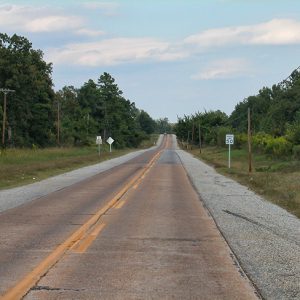 Old U.S. Highway 67
Old U.S. Highway 67
Entry Category: Historic Preservation - Starting with O
 Old U.S. Highway 67
Old U.S. Highway 67
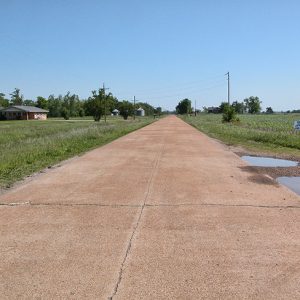 Old U.S. Highway 67
Old U.S. Highway 67
Old U.S. Highway 71
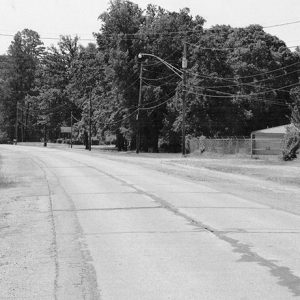 Old U.S. Highway 71—Ashdown
Old U.S. Highway 71—Ashdown
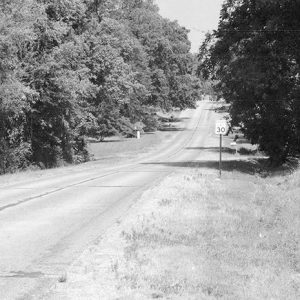 Old U.S. Highway 71—Ashdown
Old U.S. Highway 71—Ashdown
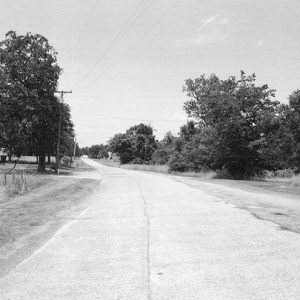 Old U.S. Highway 71—Ogden
Old U.S. Highway 71—Ogden
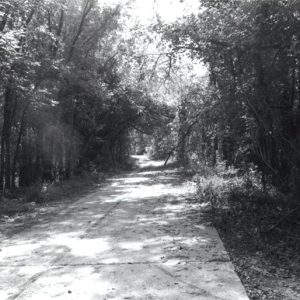 Old U.S. Highway 71—Wilton
Old U.S. Highway 71—Wilton
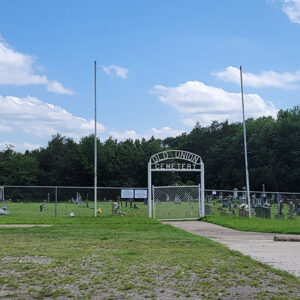 Old Union Cemetery
Old Union Cemetery
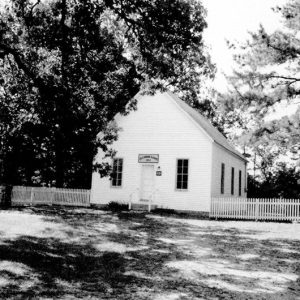 Old Union School
Old Union School
Old Union School
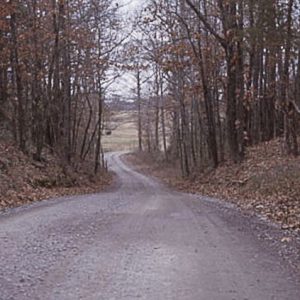 Old Wire Road
Old Wire Road
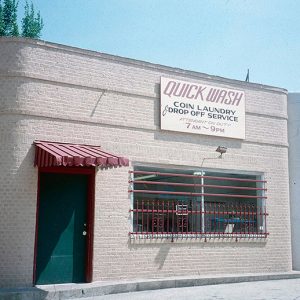 Opal's Steak House
Opal's Steak House
Opal’s Steak House
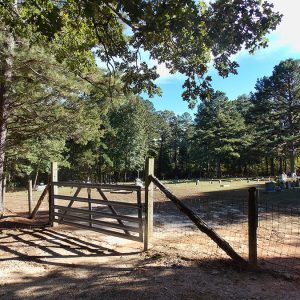 Optimus Cemetery
Optimus Cemetery
 Original Wallpaper
Original Wallpaper
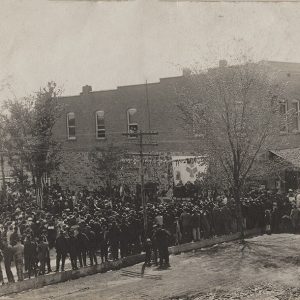 Orphan Train
Orphan Train
Orphan Train Heritage Society of America, Inc. (OTHSA)
Otis Theodore and Effiegene Locke Wingo House
Ouachita Avenue Historic District
Ouachita County Courthouse
 Outdoor Stone Oven
Outdoor Stone Oven
Outhouses
 Overstreet Hall
Overstreet Hall
 Overstreet Hall
Overstreet Hall
Overstreet Hall
Ozark Heritage Arts Center and Museum
 Ozark Queen Display
Ozark Queen Display




